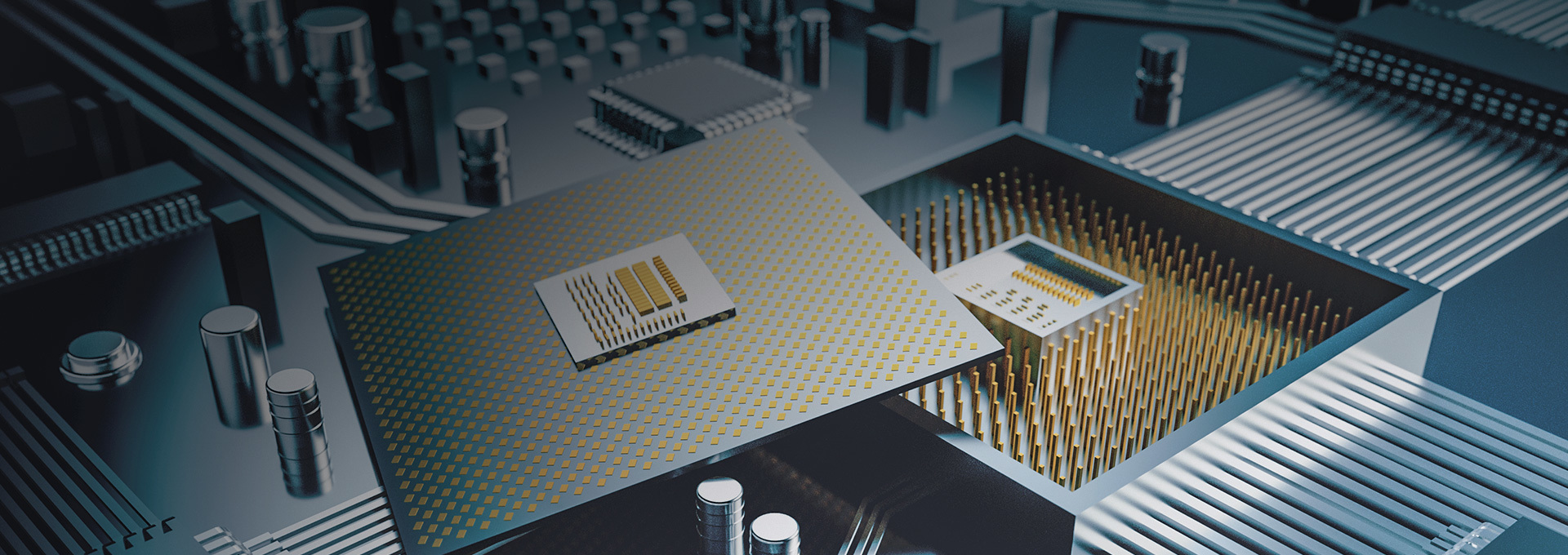Understanding Automotive Grade Chips in One Article
Release time:
2022-06-15
Power semiconductors are the core of energy conversion and circuit control in electronic devices. They are mainly used to change the voltage and frequency in electronic devices, as well as for DC to AC conversion, among other functions. Power components are utilized in any circuit system that involves current, voltage, and phase conversion.
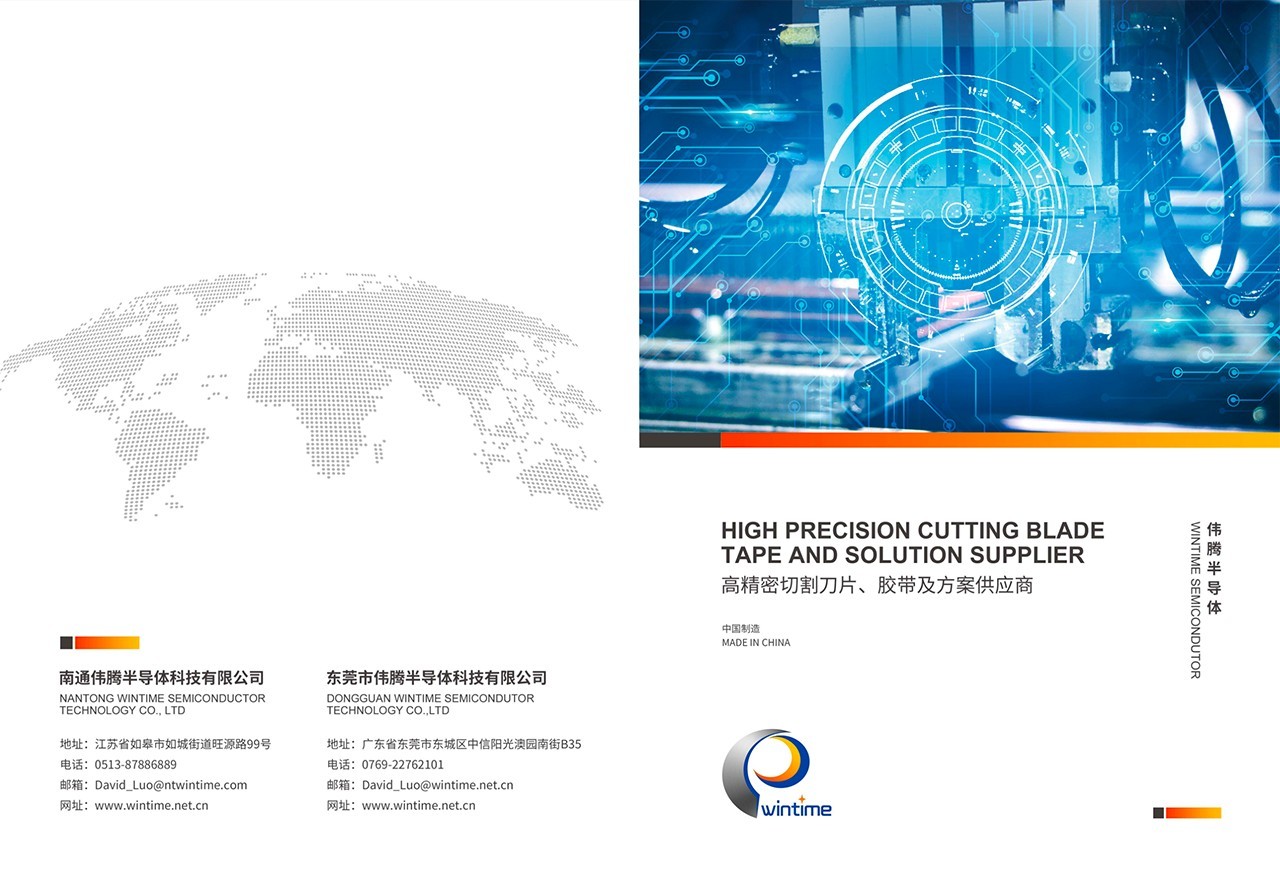
Disclaimer: If there is any infringement in the content, please contact us for deletion! (Mobile WeChat same number 17688812368)
Power semiconductors are the core of energy conversion and circuit control in electronic devices, mainly used to change the voltage and frequency in electronic devices, as well as for DC to AC conversion, etc. Power components are used in any circuit system that has current, voltage, and phase conversion. Basically, power semiconductors can be roughly divided into two categories: Power Discrete and Power IC. Among them, power discrete components include MOSFETs, diodes, and IGBTs, with MOSFETs and IGBTs being the most important. MOSFETs and IGBTs are mainly used to convert the chaotic current generated by power generation equipment into current with specific energy parameters through a series of conversion modulations, supplying various terminal electronic devices, becoming one of the core components of electronic power conversion devices. In the global power semiconductor market, the highest proportion is used for industrial control, reaching 34%, followed by automotive and communication fields, each accounting for 23%, and consumer electronics accounting for 20%. MOSFETs and IGBTs each have their advantages and disadvantages.
MOSFETs can achieve different currents depending on their internal structure, generally up to several KA is feasible, but the voltage tolerance of MOSFETs is not as strong as that of IGBTs. The advantage of MOSFETs lies in their applicability in high-frequency fields, with operating frequencies suitable for RF products ranging from hundreds of KHZ to tens of MHZ. In contrast, IGBTs reach 100KHZ, which is almost the best operating limit. Finally, when electronic components need to perform high-speed switching actions, MOSFETs have an absolute advantage, mainly because IGBTs integrate BJT, and BJTs have a charge storage time issue, meaning they take longer to turn off, resulting in an inability to perform high-speed switching actions. Therefore, overall, MOSFETs are suitable for portable charging battery fields or mobile devices, while IGBTs are suitable for high voltage and high power devices, such as electric motors and automotive power batteries.
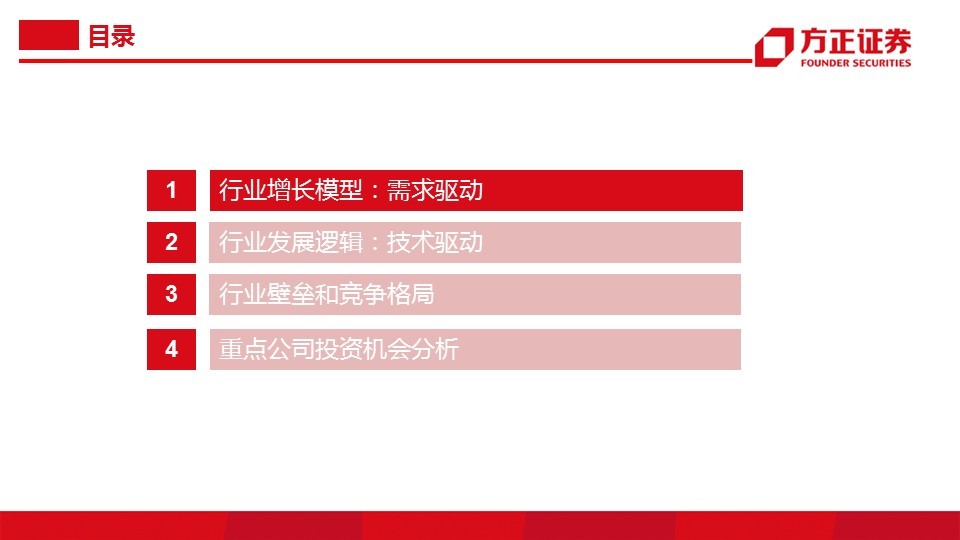

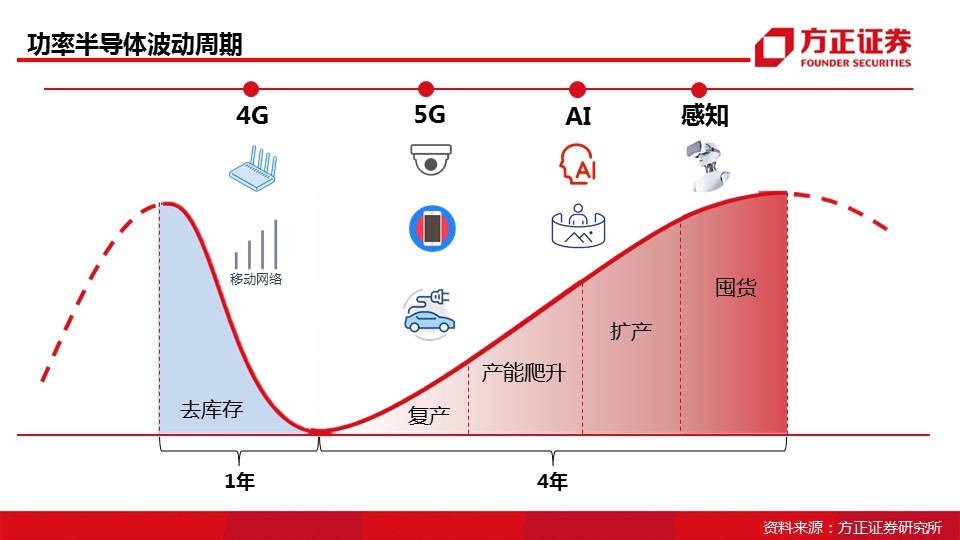
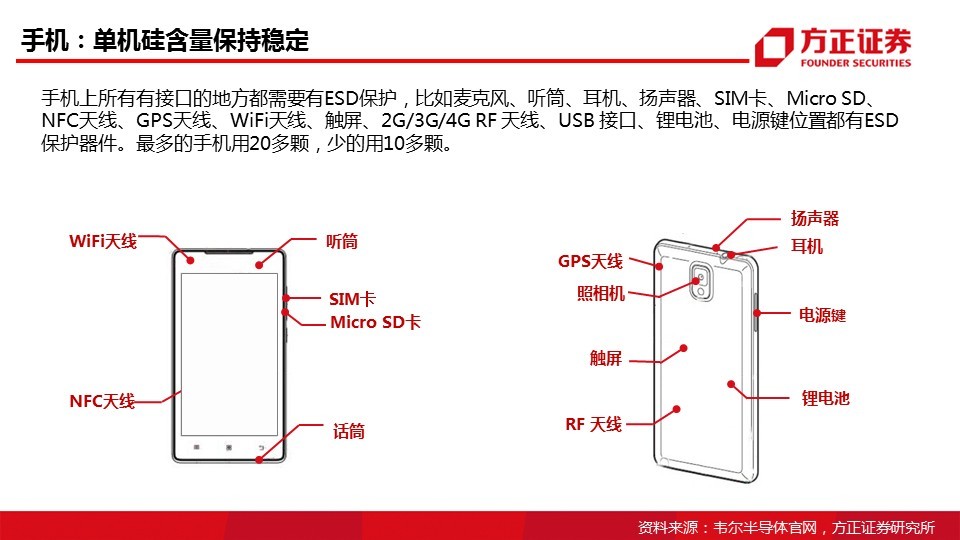

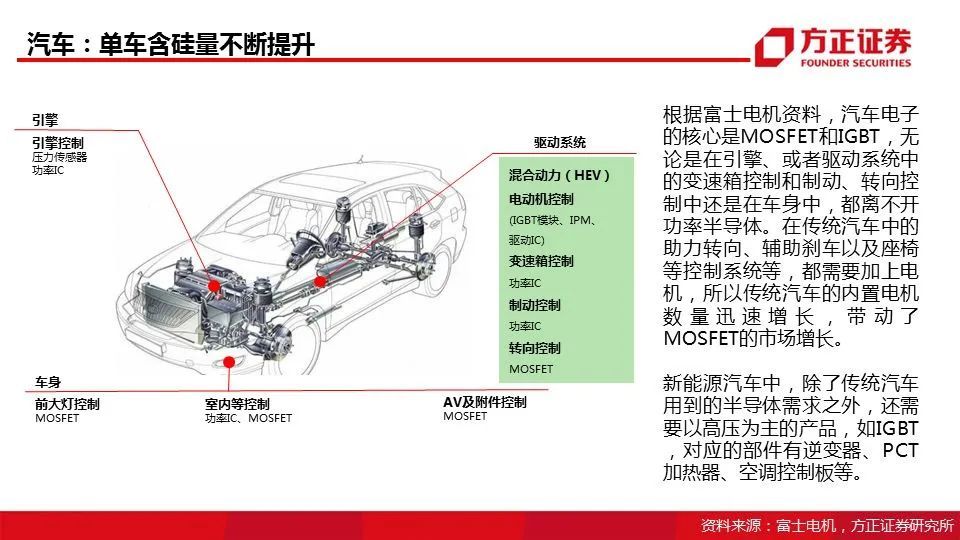
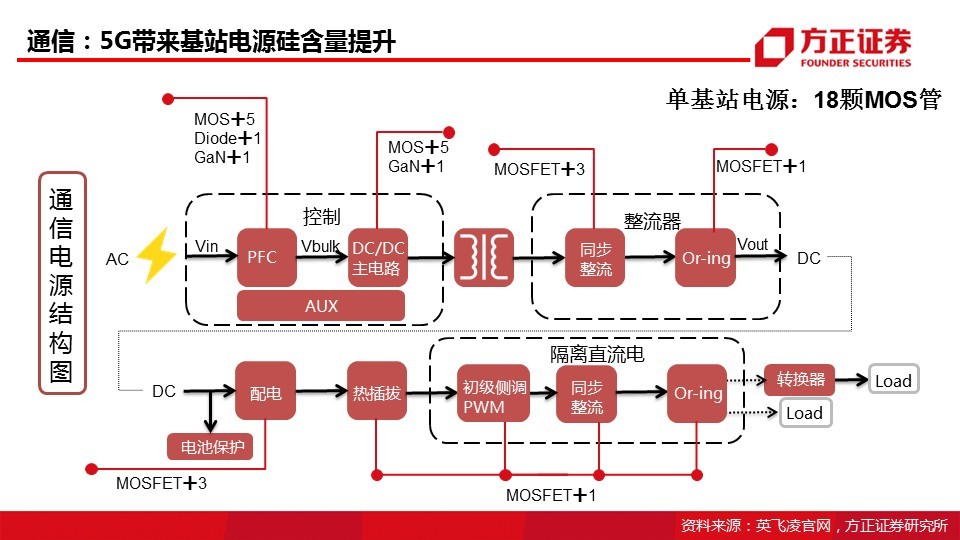

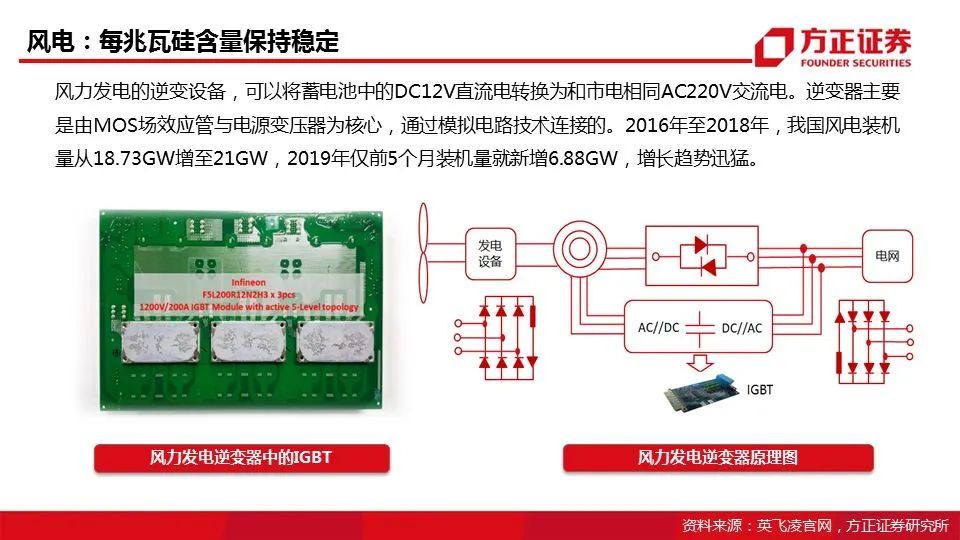
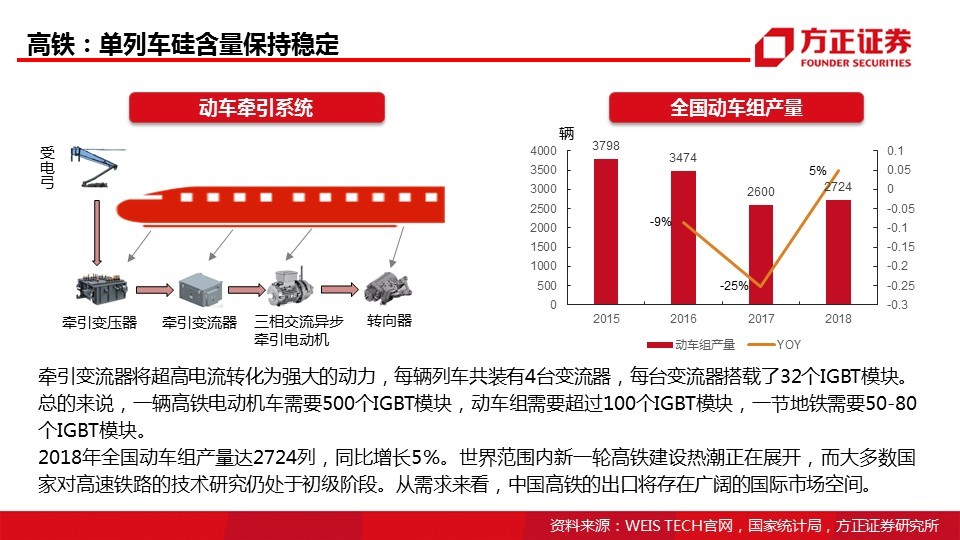
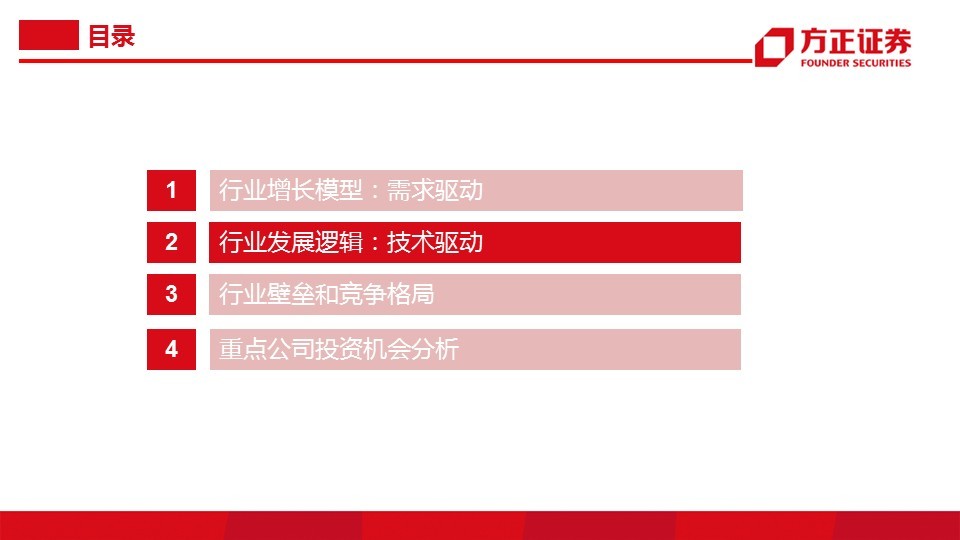
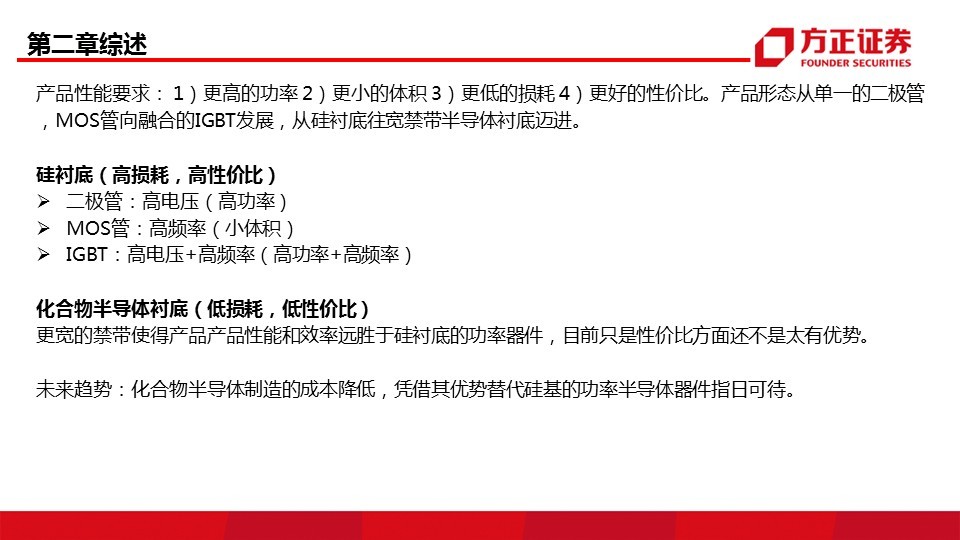
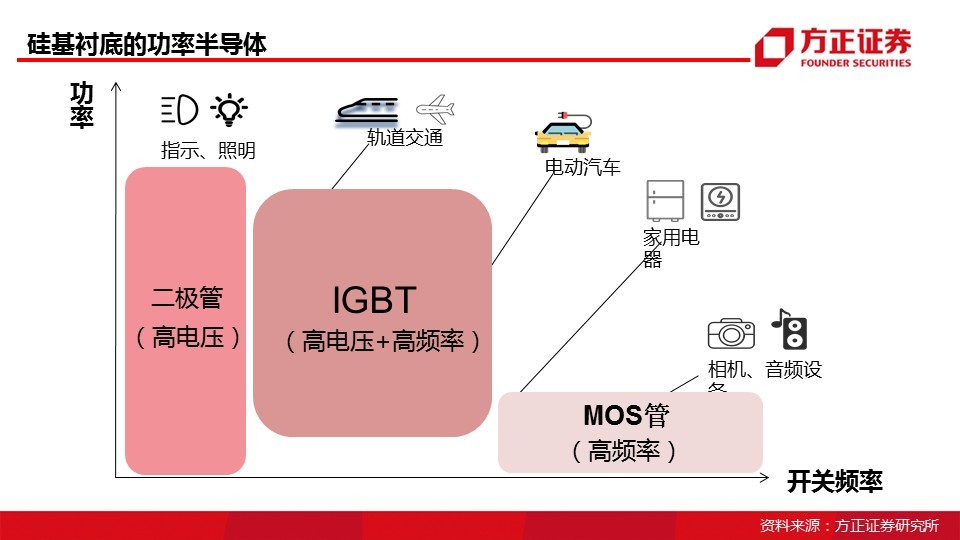



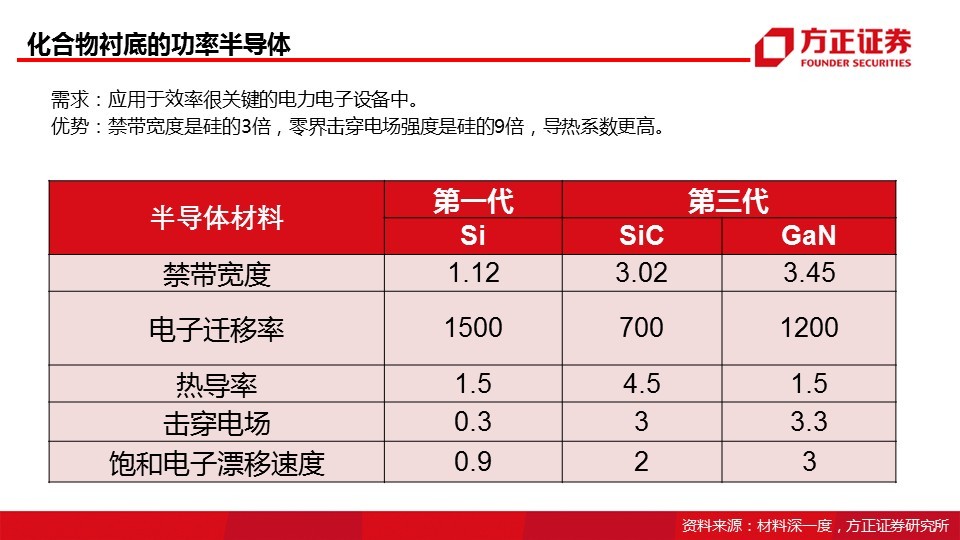


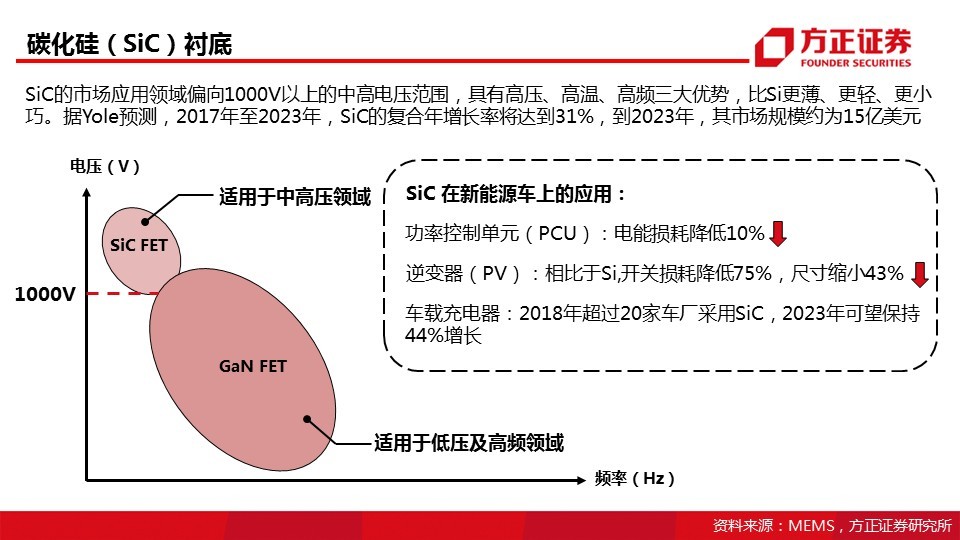

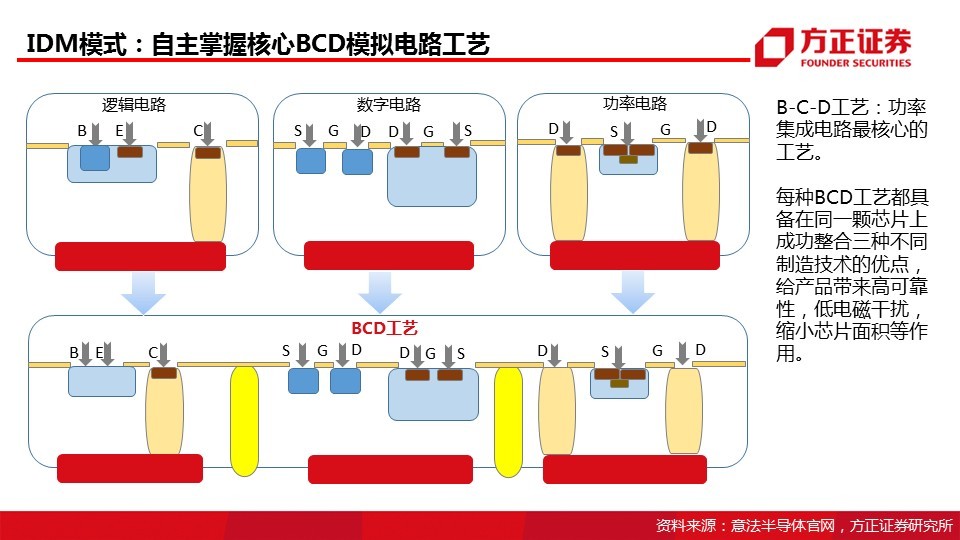
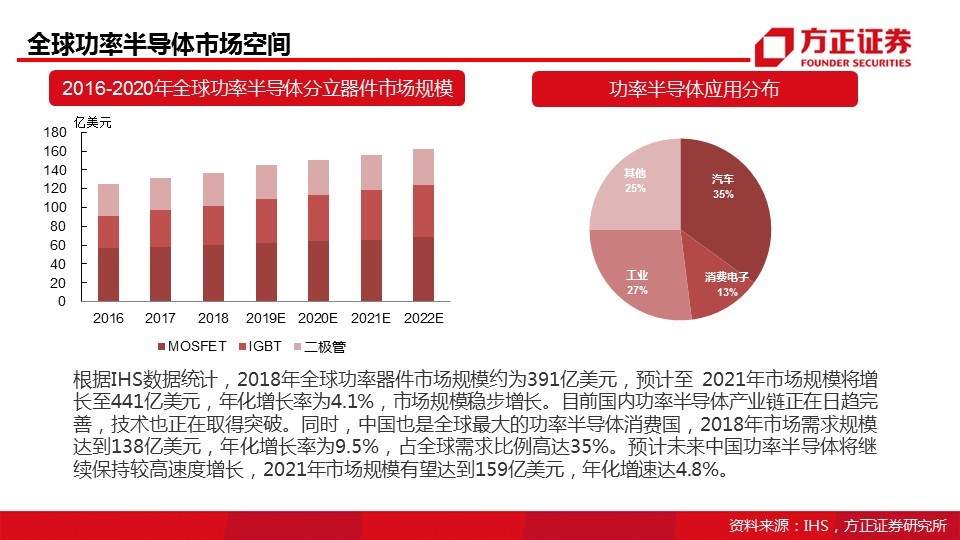
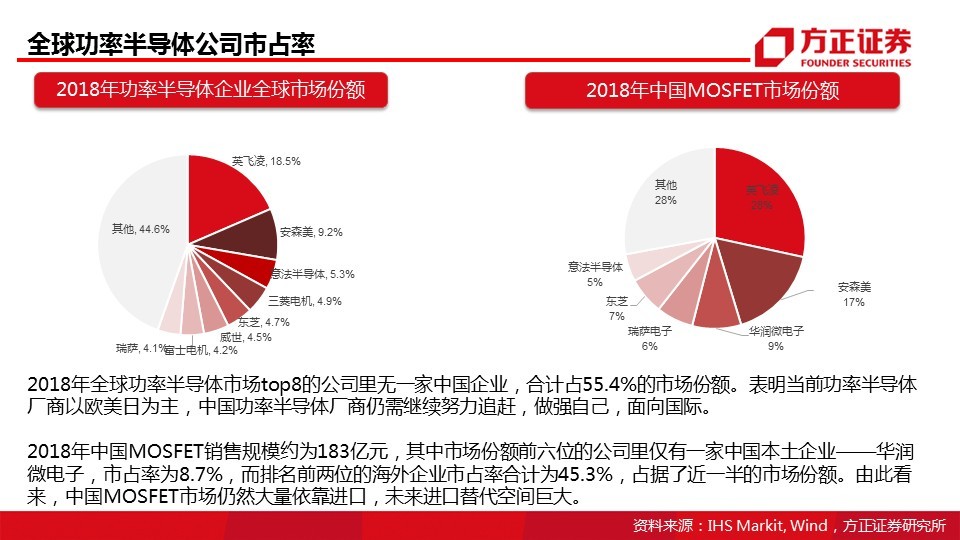
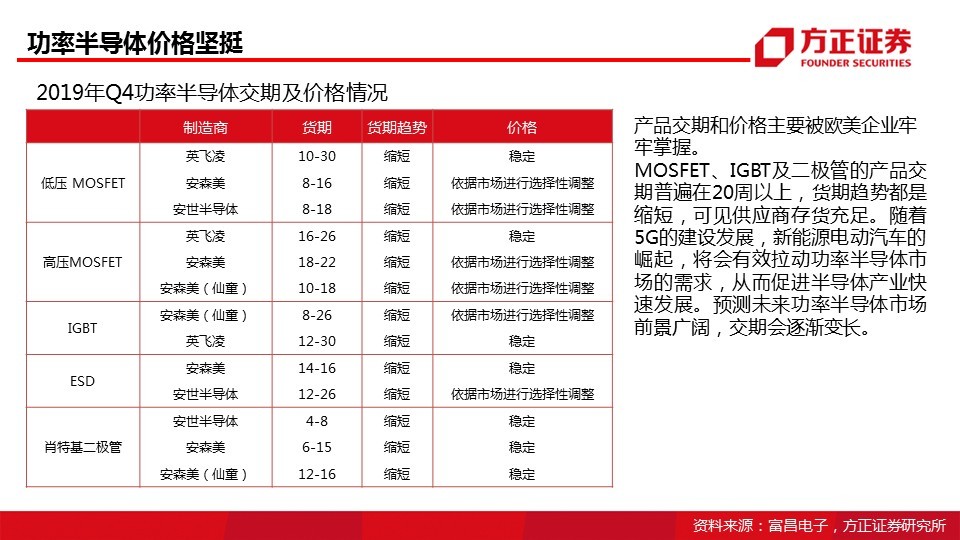

*Disclaimer: Weiteng Semiconductor reprints solely to convey a different viewpoint and does not represent Weiteng Semiconductor's endorsement or support of that viewpoint. If there is any infringement in the content, please contact us for deletion! (Mobile WeChat same number 17688812368)
Key words:
Next:
Related News



